Almost 10 years ago to the day, I bought a Ferrari, a 1984 308 GTS Quattrovalvole. For the record, it was blue, not red. It was the second to last in a series of exotic, and semi-exotic cars that I’ve owned on a fairly constricted budget. And, after much thought, I can’t help but conclude it will probably be the last car like it that I buy. Not because it wasn’t a joy to have, but because the market for old-school, DIY-friendly, analogue exotics has shot through the roof since that 308 came into my life. Sure, there may be attainable things out there that might be cheap to buy, but that’s where the “cheap” part ends. Are there any choices left?
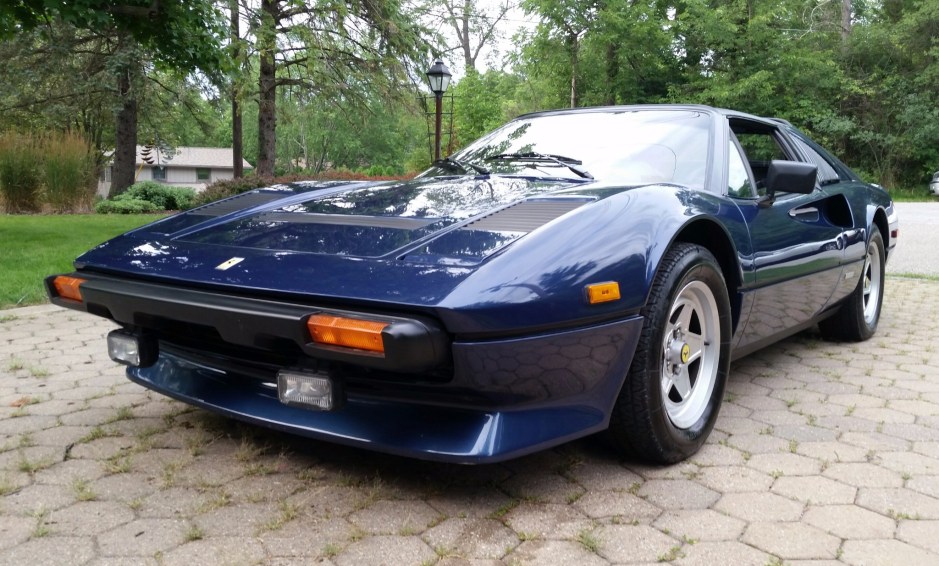
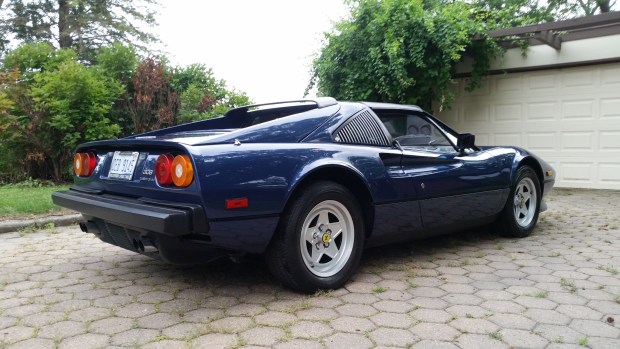
When I bought it, the 308 occupied a sweet spot that doesn’t seem to exist anymore. I paid $42,000, a significant amount of money but temptingly good value for something with a Ferrari badge, Pininfarina lines, and a four-cam V8. In four years of Ferrari ownership, I spent less than $5000 in maintenance, and I drove the car almost 2000 miles a year. Not exactly Kia-level costs, but surprisingly not awful for something with a prancing horse on the nose. It was also a joyfully simple car, and many jobs were a genuine DIY proposition. Hell, Hagerty’s editor-in-chief Larry Webster is restoring the 2+2 version of my car largely by himself, even if all isn’t going according to plan.

Truth be told, I’d love another Ferrari. But even a Mondial, which despite being a Ferrari that made plenty of “worst cars” lists, will generally sell for close to what I paid for my much more desirable 308 a decade ago. Replacing that 308 would be a six-figure proposition today. Not in the cards with two kids rapidly approaching college age.
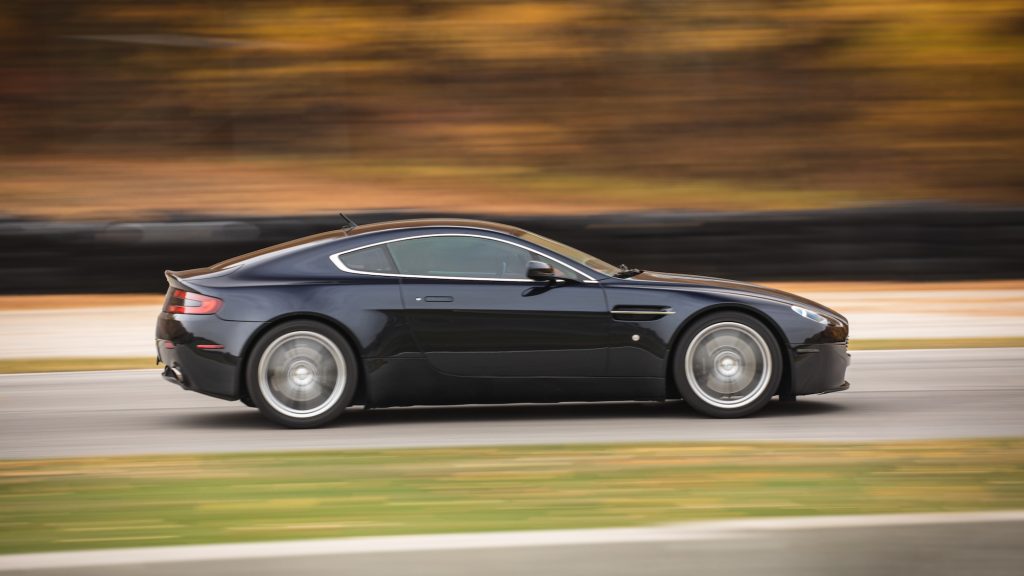
So, if Ferrari ownership is out but exotics are still on the brain, what about something British? If I’ve owned Magnum P.I.’s whip, why not 007’s? A DB7, DB9 or a V8 Vantage with a manual transmission has always been on my radar. After the Ferrari, I very nearly bought a manual DB7 coupe. I hesitated and finally passed on the car, but a good friend of mine didn’t. He bought a blue DB7, and the cost of ownership in one year was three times what I spent on the Ferrari in four. It wasn’t just the bonkers parts prices. Unlike the Ferrari, which had a number of acceptable but budget-friendly work arounds (like the $20 power window switches from the Fiat catalogue), you would struggle to find Ford and Jaguar bits that worked for the Aston.
Also, the complexity of a car that was several decades newer meant that there were fewer and fewer things that owners could accomplish themselves. Just changing plugs and coils involved removing most of the intake manifold. Putting it all back together even in a slightly inexpert fashion invited an eyeful of check engine lights. As for that manual V8 Vantage I covet, it comes with the promise of a $7500 clutch job every 35,000 miles or so. By contrast, my Ferrari’s clutch was doable in an afternoon and cost about $900 in parts. There’s a reason why used Astons remain cheap, and 308 prices have increased significantly.
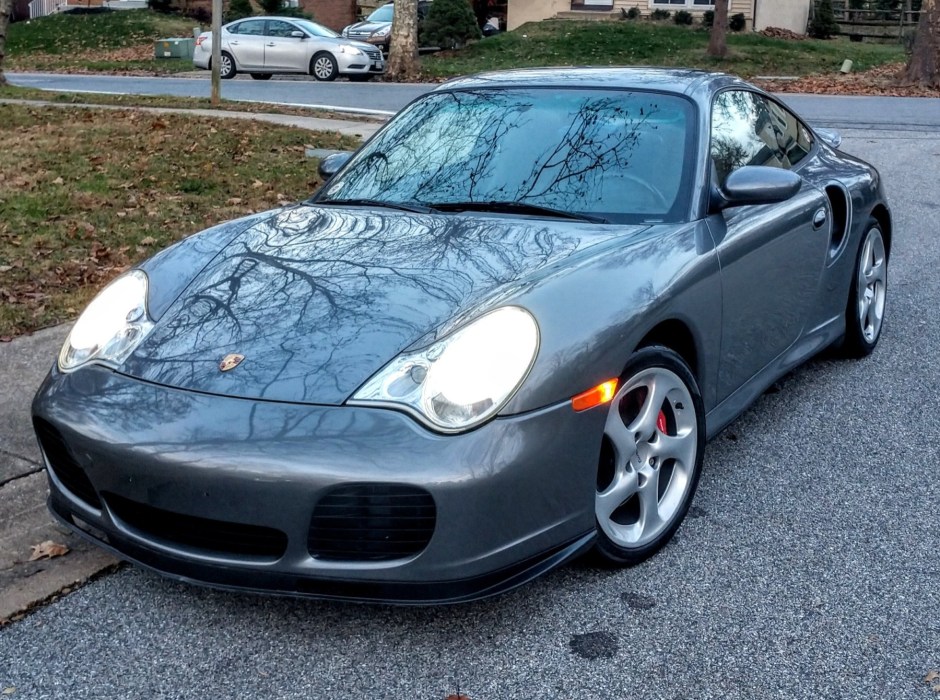
A Porsche 911 Turbo is a car that has always been on my short list, but I never got around to buying one when they were cheap – not an air-cooled one at least. By 2018, the ship had sailed on inexpensive air-cooled 930s. Granted, these aren’t exactly cheap cars to own, either, but they’re really simple enough. Unless you kill an engine or a gearbox, the day-to-day requirements aren’t stupefying. That’s all moot, though, because by the time I went shopping for one, the price to buy a 930 was sky-high. Instead, I bought a 2001 996-generation car, which is of course a more complex automobile than the older 930. The 996 cars are now getting quite old, with lots of little plastic bits that have gone through a quarter century of heat cycles. The stubborn check engine light on mine, for example, was thanks to a plastic secondary air-injection pump failing. At just over $200, the pump itself was a rare bargain. Sadly, installing it involved lowering the engine, i.e., partially removing it. Not fun. Doing plugs and coils was similarly nightmarish, and I’d rather not do it again.
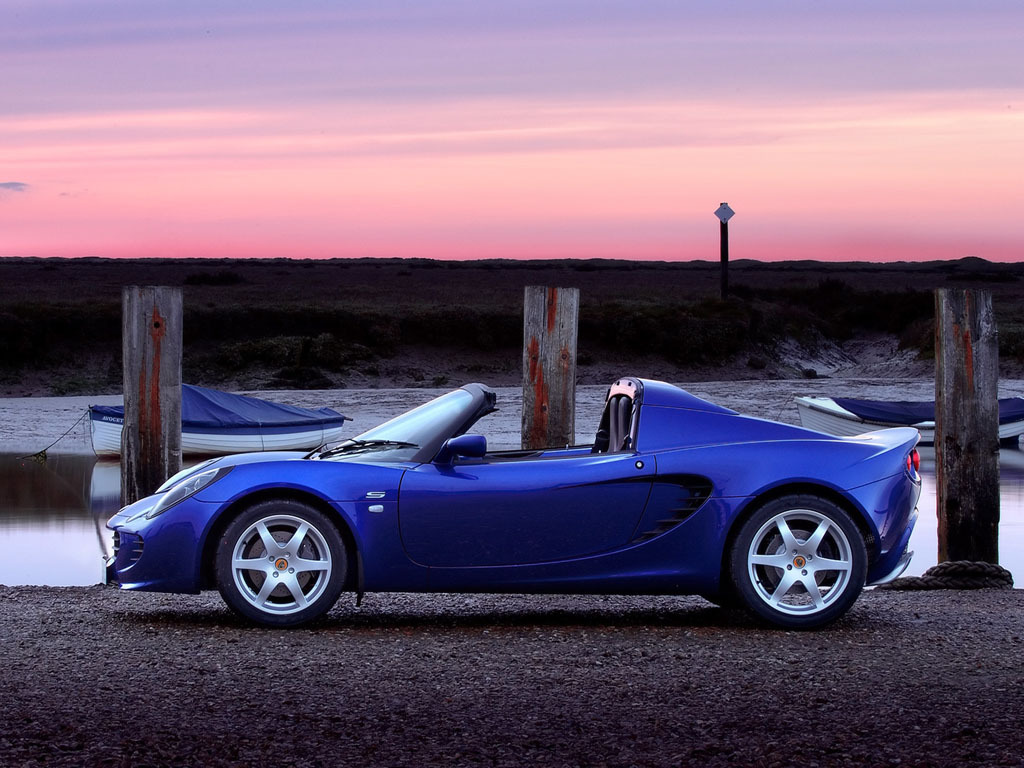
With another Ferrari or 911 Turbo out of the running, maybe I’ll go back to the Brits with a Lotus Elise. Elises are a throwback in many ways. They’re uncomplicated, hyper-analogue cars that are deceptively easy to live with (assuming you can handle the egress and ingress). Other than camshaft issues on certain years, their Toyota running gear is pretty stout. The only problem is the fact that the window on affordability seems has gotten much narrower. In the last five years, Elise prices have appreciated by nearly 50 per cent. Most of the reasonably priced cars seem to have salvage titles, the result of minor damage to the super-vulnerable front and rear fibreglass clamshells.
Indeed, the pickings are slim for the usable, attainable exotic, and I’m starting to understand why. Part of the reason why prices for analogue exotics have soared so much of late isn’t just nostalgia, or style, or the joy of rowing your own gears vs. pulling on a paddle. A big part of it is what I’ve just outlined above – mere mortals can afford the maintenance costs and even do some jobs at home. By and large, that seems to be who is still buying them today, but with much higher demand for a class of car nobody makes anymore, they seem limited to mere mortals who are slightly more well-heeled than I.
Rob Sass is the editor-in-chief of Porsche Panorama and director of content for the Porsche Club of America. He is a serial collector car owner and a regular contributor to our US site.








Hey, you can’t openly worship a great marque in media and then lament a rise in values. Not without getting prodded, anyway.
Maybe a kit car would scratch that itch – particularly if you find a one-donor kit based on a plentiful platform…
What about a Maserati? I sold my beloved 1981 308 GTB three years ago for three times the price I paid for it 25 years previously as my back problem meant I couldn’t work the heavy clutch any more. Its replacement, a Maserati Granturismo S is in a different league. It cost me half of what I got for the 308 and came with a glorious soundtrack Ferrari engine, a lovely automatic/manual transmission and acres of sumptuous leather. Like Rob, I found the 308 wonderfully simple to work on and just so cheap to run when doing 2000 or so miles per year. I loved my 308 and was very sad to see it go but the Granturismo more than makes up for my loss.